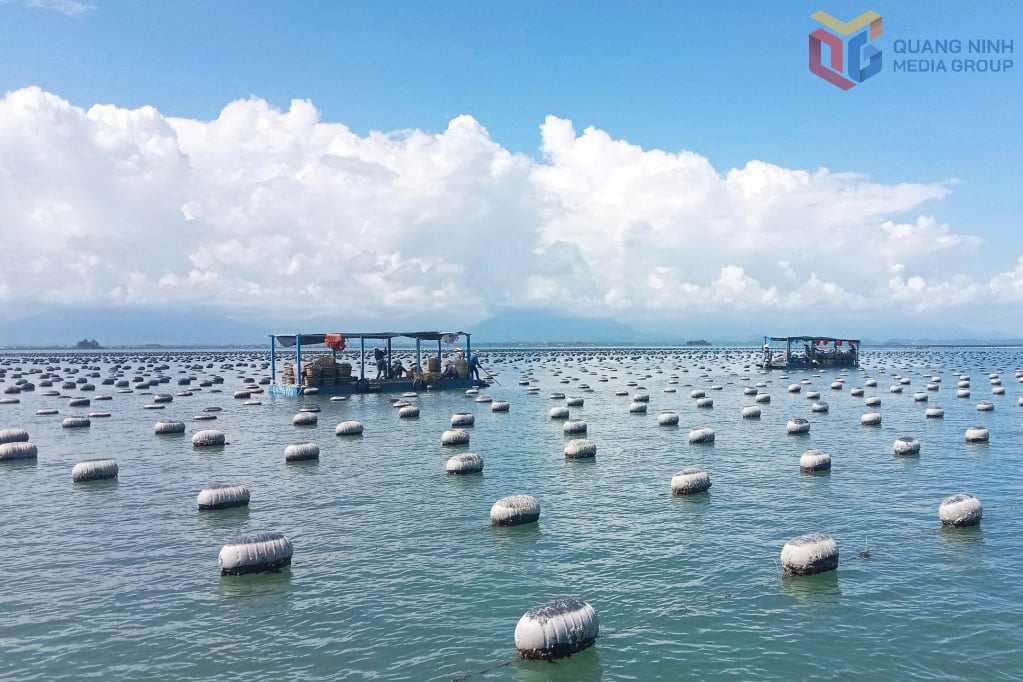
The 1989 Aquaculture Cooperative, headquartered in Dam Ha Commune, is managing a farming area on the sea surface of over 90 hectares in Dau Rong Village, Cai Chien Island Commune. The products of this Cooperative are quite diverse, including yellowfin pomfret, cobia, oysters, clams, mollusks, clams, flower clams, and sweet snails... From the beginning of 2025 until now, the Cooperative has raised 30 cages of yellowfin pomfret and cobia for sale, with an expected output of about 20 tons when it starts harvesting at the end of the year. The oyster farming area has also been expanded by the Cooperative with 200 farming lines, each 250m long, with an expected output of about 600 tons/year.
Chairman of the Board of Directors of the 1989 Aquaculture Cooperative Trinh Van Thien said: Marine aquaculture is increasingly receiving attention from authorities at all levels to create favorable conditions for development, considering this a key field in the agricultural economy . Therefore, orienting marine aquaculture towards sustainability, production associated with environmental protection, and protection of aquatic resources must be the common responsibility of the people and businesses. Throughout the cooperation since the beginning of the cooperation until now, all 11 members of the Cooperative have always actively researched and applied advanced science and technology to production activities. First of all, it must be said that the Cooperative has very early implemented the conversion of all materials from foam buoys, bamboo and wood to plastic buoys and composite materials in accordance with the province's policy on protecting the marine environment.
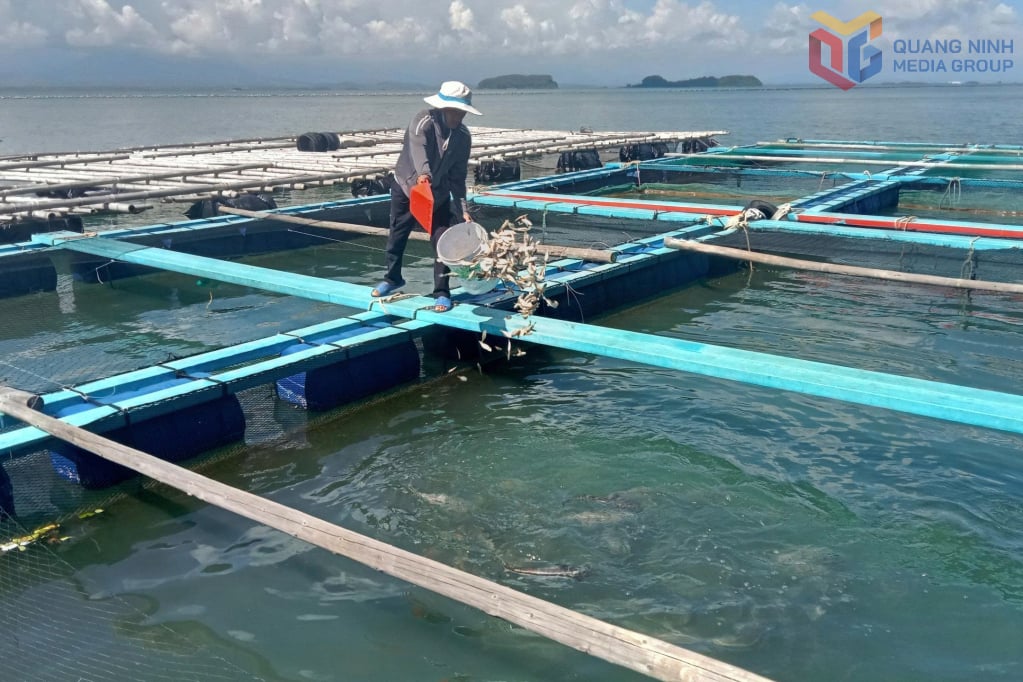
Along with that, the Cooperative gives top priority to purchasing seed sources of guaranteed origin and good quality, in order to ensure uniform development and high resistance for aquatic products. Thanks to the application of advanced techniques, the Cooperative has been able to manage and control water environment factors well and proactively prevent diseases, which are important factors that determine the results of the entire farming season. Specifically, environmental indicators are regularly measured, analyzed and evaluated to serve as a basis for timely intervention solutions, using appropriate biological products. Feed control and disease prevention processes are also carried out strictly and effectively, minimizing risks and increasing productivity. This effort has clearly affirmed the Cooperative's determination in building a brand and affirming its position through developing clean and safe products to bring to the market.
The Chairman of the Board of Directors of the 1989 Aquaculture Cooperative added that the Cooperative is currently aiming to combine experiential tourism to create a more diverse value chain. Specifically, when visiting, visitors can learn about local agricultural production culture, exchange experiences in designing and managing aquaculture models. Especially, they can experience fishing, harvesting oysters, and enjoy delicious dishes prepared right on the sea... The advantage for the Cooperative's tourism model to develop smoothly is that Cai Chien commune is increasingly known for its developed services, and nature has favored beautiful landscapes. The system of accommodation and resorts on the island is increasingly complete... Since 2019, the Provincial People's Committee has recognized Cai Chien Island as a provincial-level tourist area, creating an important driving force to strongly awaken the local tourism potential.
The model at the 1989 Aquaculture Cooperative is a testament to the initiative and creativity in developing the marine economy in Quang Ninh. With the support of authorities at all levels in licensing procedures for the right to use the sea area to ensure long-term investment, the Cooperative is striving to overcome difficulties, creating the premise for a future of sustainable, high-yield marine farming.
Quang Ninh province has allocated 45,000 hectares of sea surface for marine aquaculture planning. Up to now, over 10,000 hectares of sea surface have been used for actual aquaculture. The entire province has completed the allocation of sea surface to households; completed the allocation of sea surface area of nearly 4,000 hectares to over 30 marine aquaculture enterprises and cooperatives. Currently, to continue supporting the development of aquaculture, the Department of Agriculture and Environment and its specialized units have been promoting technical guidance for aquaculture households, encouraging aquaculture households, especially businesses, to increase the application of modern advanced science and technology in production... The Department of Sea, Islands and Fisheries, Fisheries Control (Department of Agriculture and Environment) is the focal point for orienting, appraising, and limiting effective and sustainable production plans, linking production with environmental protection, ecosystems and resources in aquaculture activities throughout the province. |
Source: https://baoquangninh.vn/huong-di-trien-vong-cua-htx-nuoi-trong-thuy-san-1989-3378925.html




![[Photo] Closing of the 13th Conference of the 13th Party Central Committee](https://vphoto.vietnam.vn/thumb/1200x675/vietnam/resource/IMAGE/2025/10/08/1759893763535_ndo_br_a3-bnd-2504-jpg.webp)



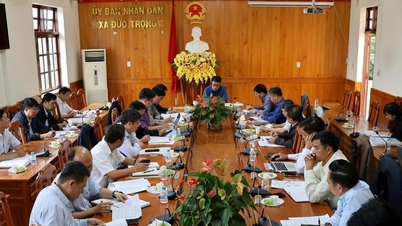

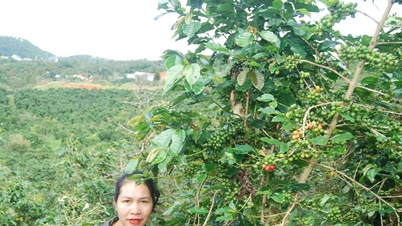
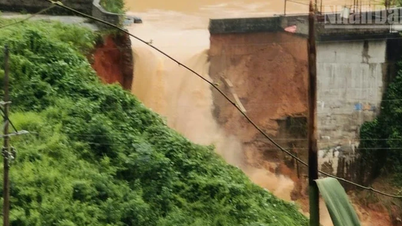

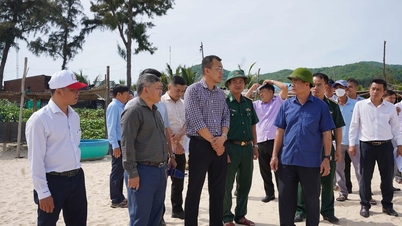

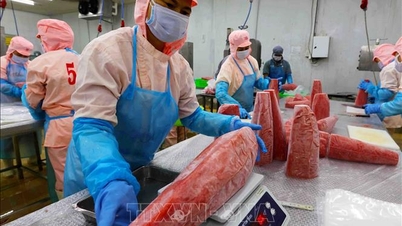

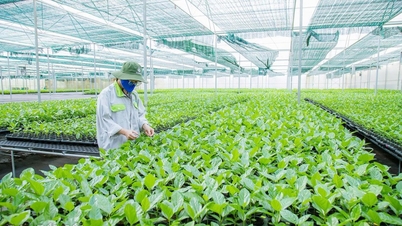


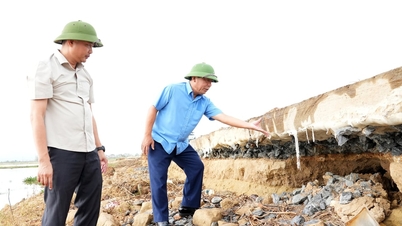

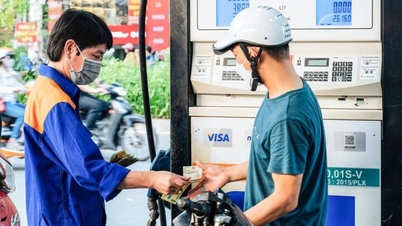

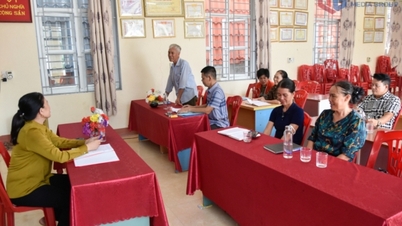







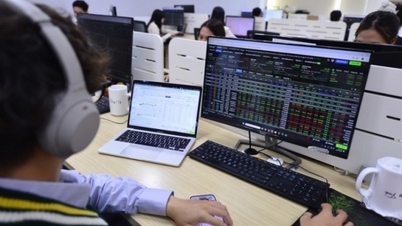
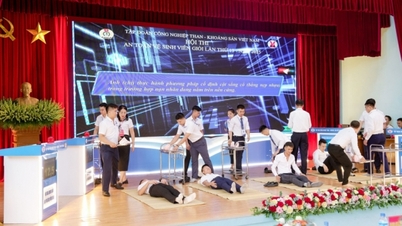
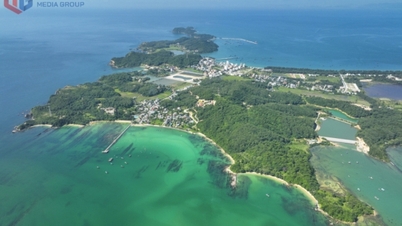
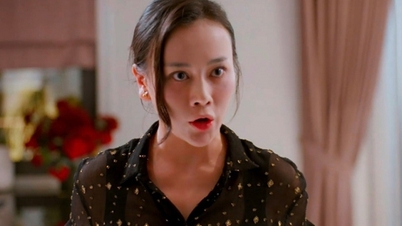
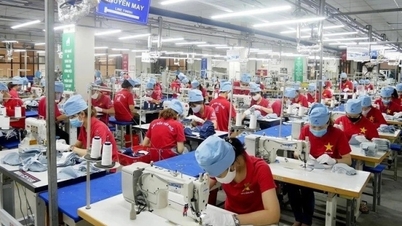
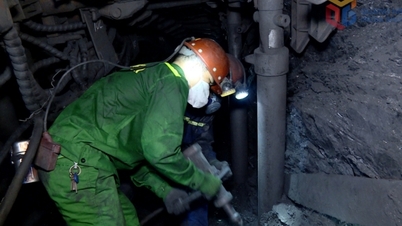






































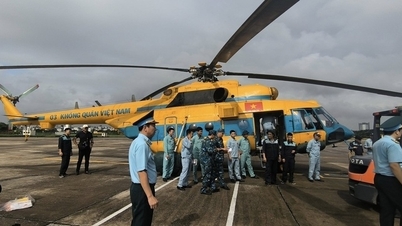








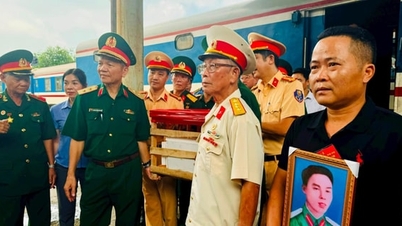

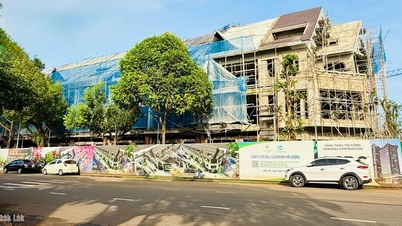



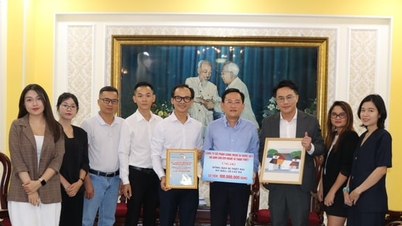







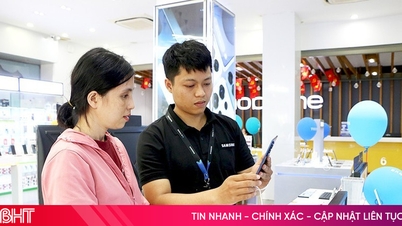


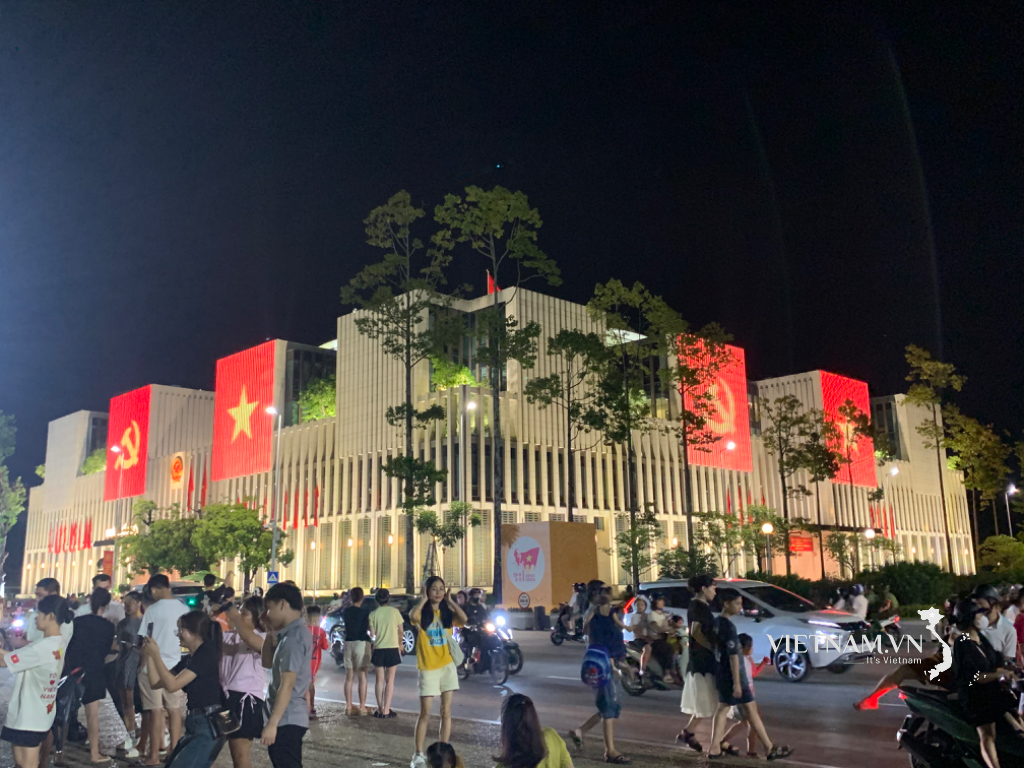

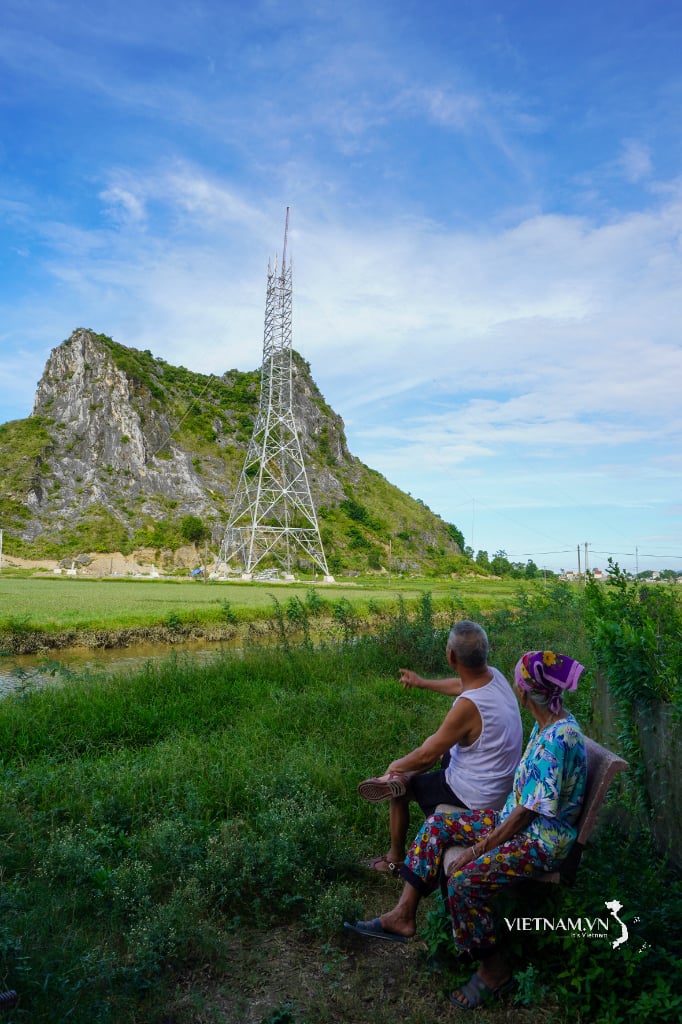

Comment (0)